10 Iconic Japanese Temples for U.S. Cultural Travelers
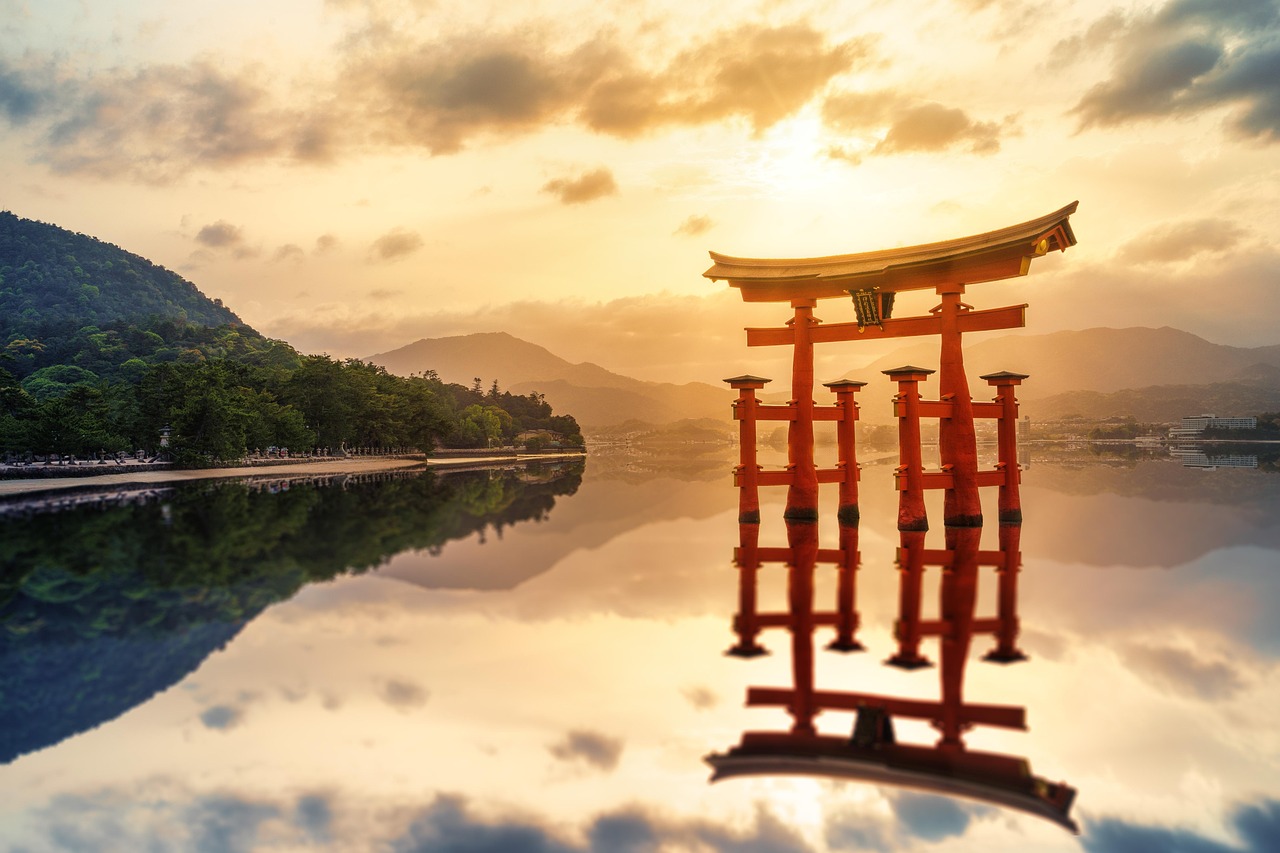
Japan’s temples aren’t just places of worship—they’re living pieces of art, history, and philosophy. From golden pavilions shimmering on still ponds to forest paths lined with thousands of vermilion gates, each one invites you to slow down, look closer, and feel something deeper. Whether you’re drawn by spiritual curiosity, architectural beauty, or just a moment of peace, these iconic temples offer a cultural experience that goes far beyond sightseeing.
1. Fushimi Inari-taisha
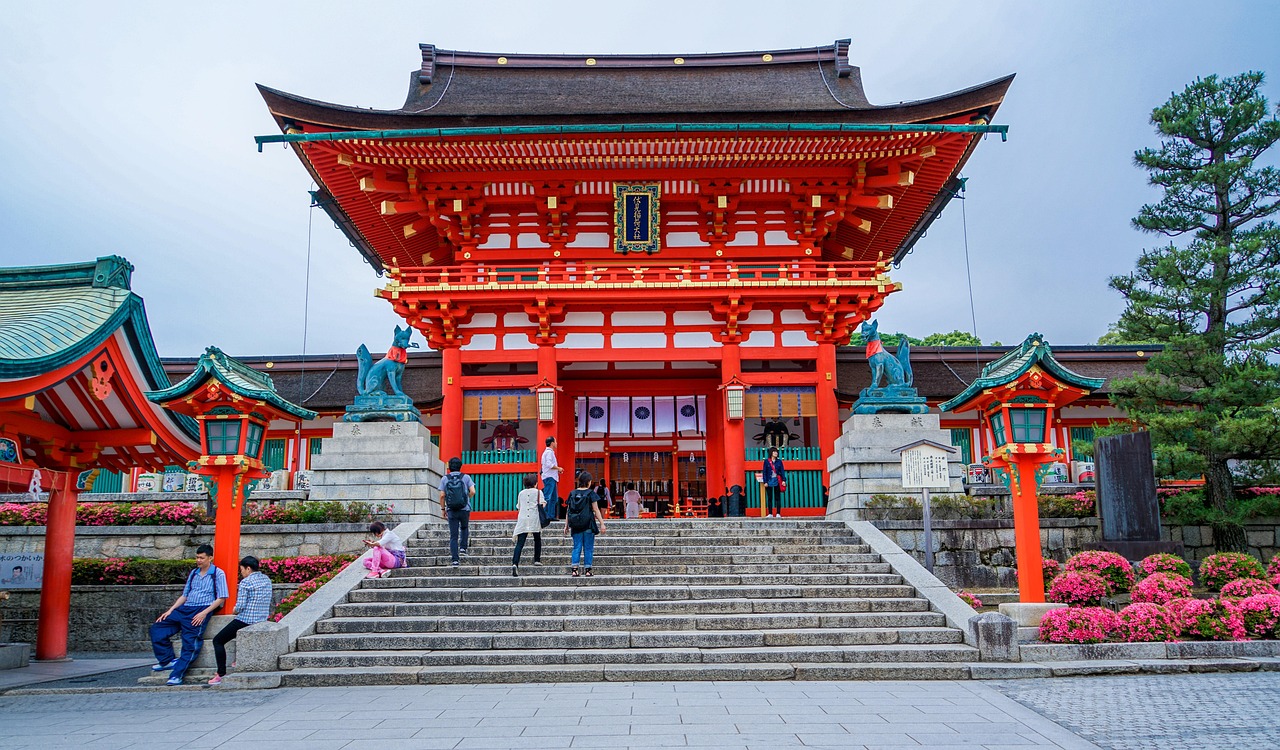
There’s no mistaking Fushimi Inari-taisha once you’ve seen its path of blazing red torii gates snaking into the forested hills. This shrine honors Inari, the Shinto god of rice and prosperity, and is one of the most visited religious sites in Japan. What makes it unforgettable isn’t just its visual impact, but the spiritual quiet that settles as you climb further from the crowds. Each gate was donated, often by businesses, as a prayer for success. The deeper you walk, the more personal and meditative the journey becomes.
2. Kiyomizu-dera
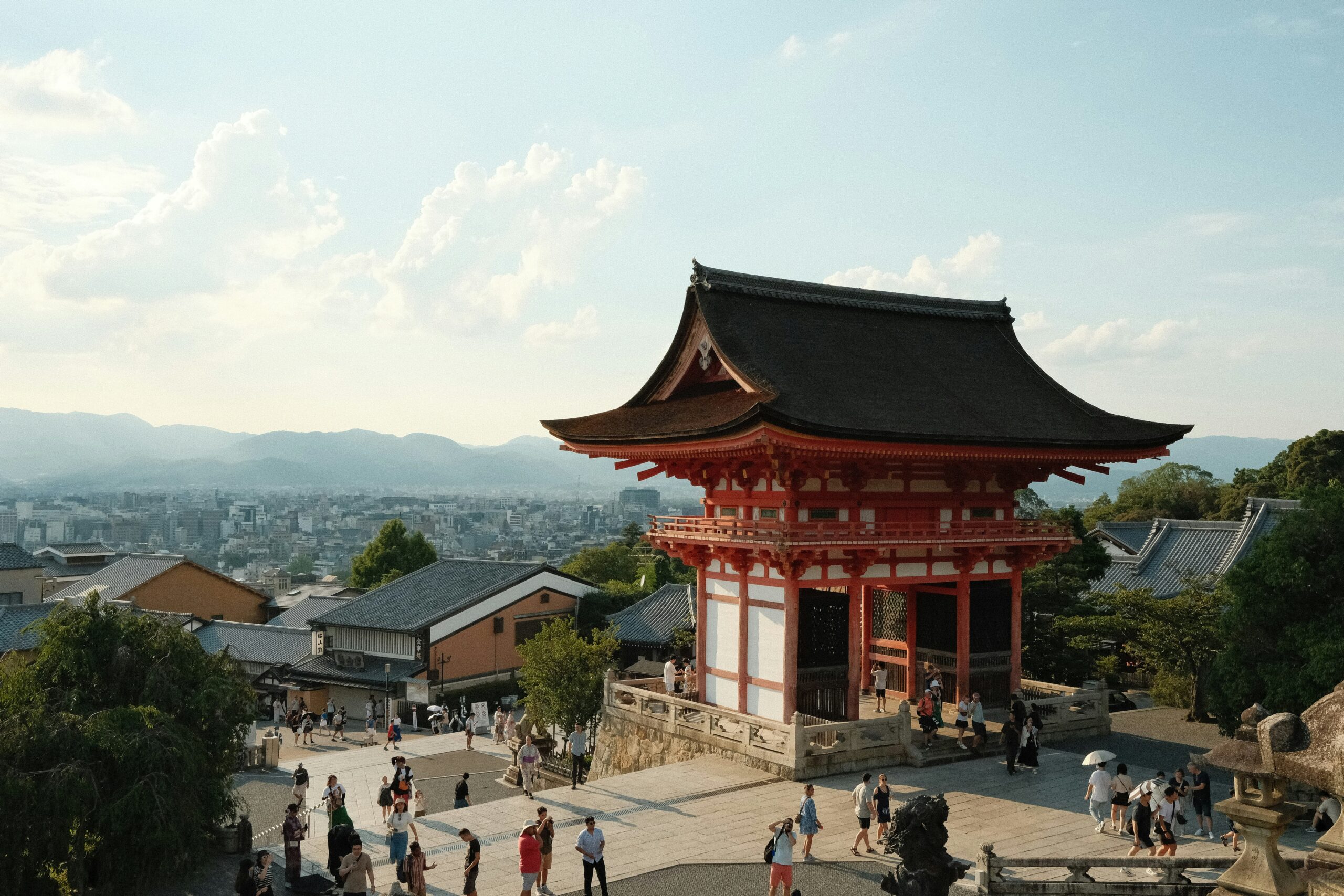
Kiyomizu-dera literally translates to “Pure Water Temple,” and it’s one of the oldest and most celebrated temples in Japan. Set on a hill with a wooden stage that juts out over the valley, it offers one of the best views of Kyoto, especially during cherry blossom or fall foliage season. The structure was built without nails, a feat of engineering that still holds strong centuries later. The Otowa Waterfall at its base offers three streams, each said to bring a different blessing: longevity, love, or academic success.
3. Tōdai-ji
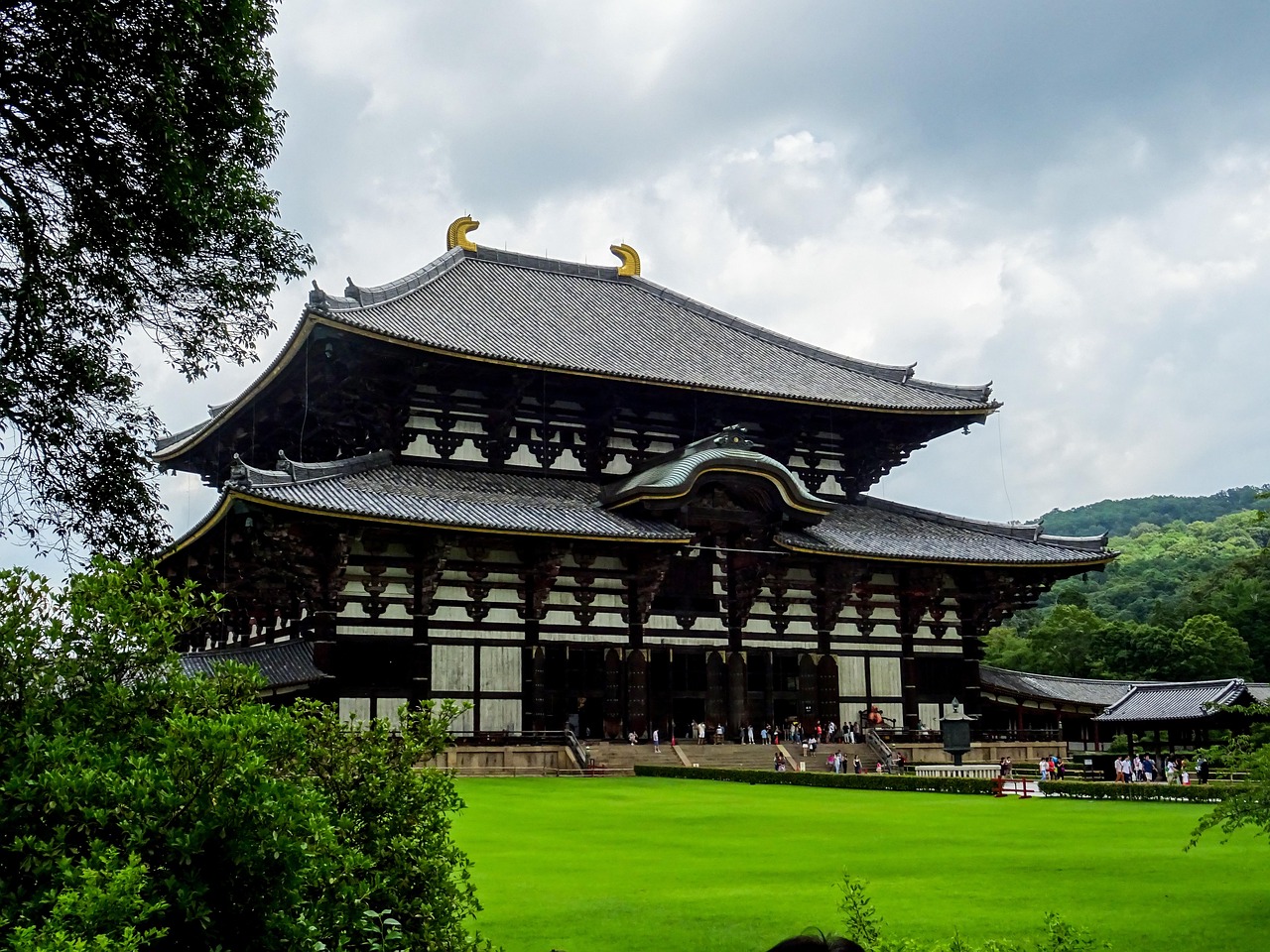
Tōdai-ji isn’t just another temple. It houses one of the largest bronze Buddha statues in the world, Daibutsu, standing over 15 meters tall. The temple itself is a giant wooden structure that once held the record for the largest wooden building on earth. The surrounding Nara Park is home to hundreds of freely roaming deer, considered messengers of the gods. There’s something striking about walking through this ancient site while deer wander past stone lanterns and temple gates.
4. Kinkaku-ji
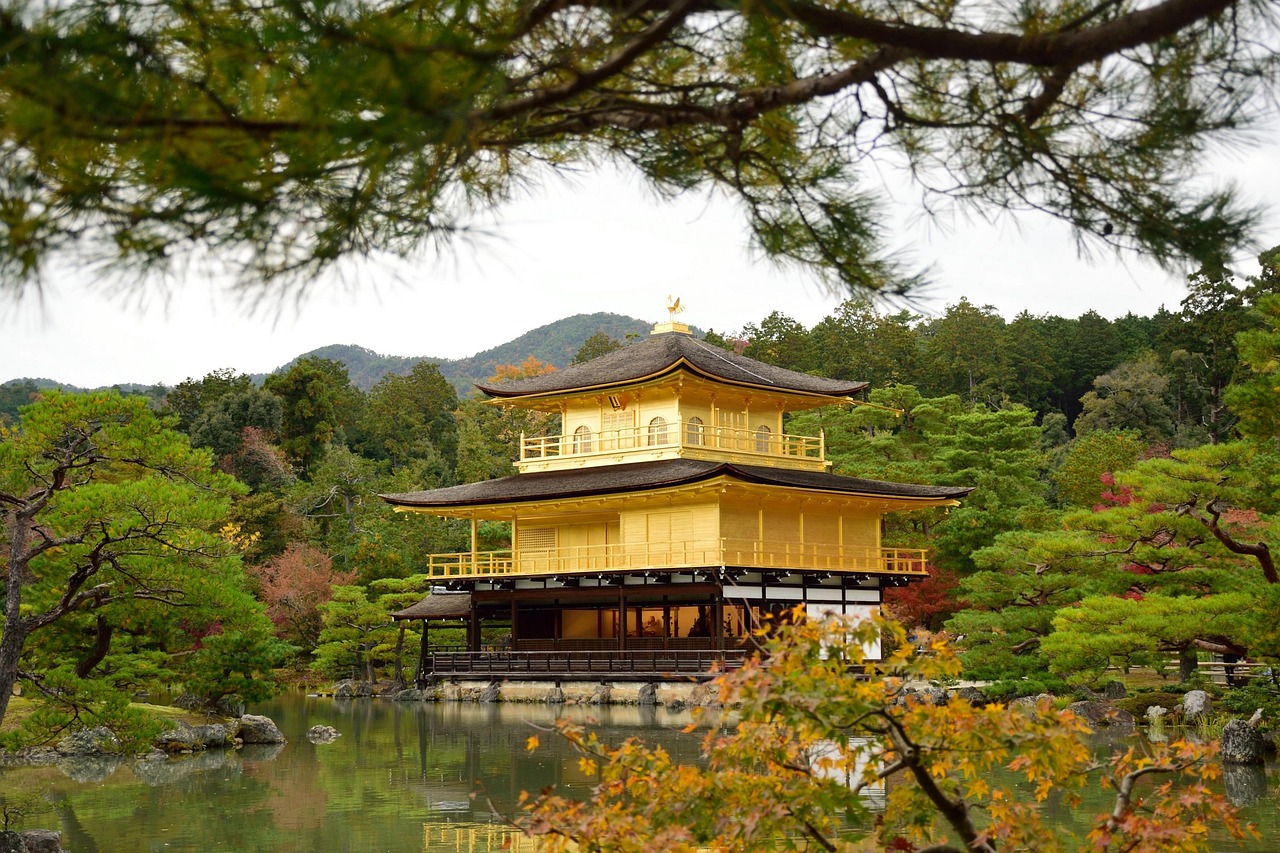
Kinkaku-ji dazzles at first sight. This Zen temple in northern Kyoto is coated in real gold leaf, and its reflection over the mirror-like pond is one of Japan’s most photographed scenes. Originally a retirement villa for a shogun, it became a temple after his death in the 1400s. While visitors can’t enter the building itself, the surrounding gardens are beautifully designed to guide you along scenic viewpoints that reveal different angles of the pavilion, each more serene than the last.
5. Meiji Jingu
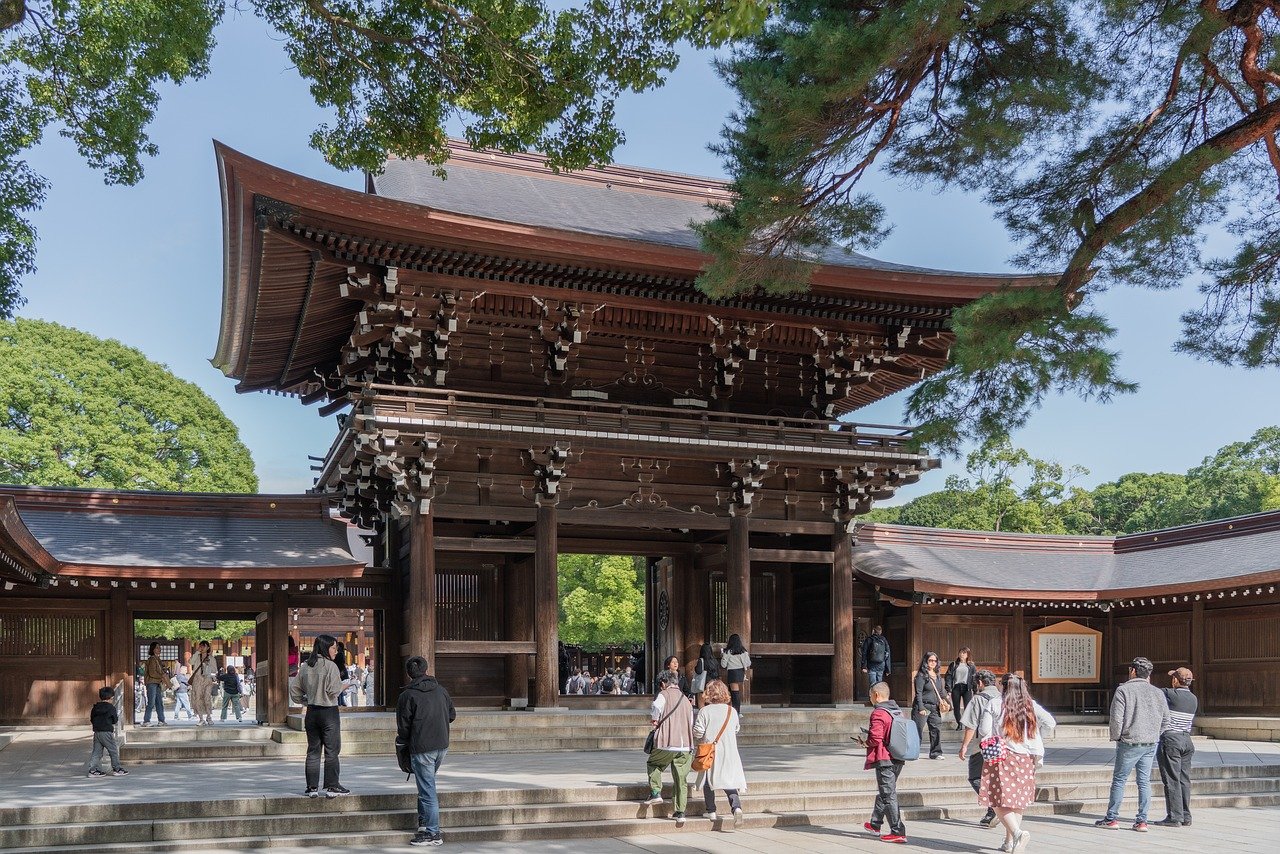
Tucked inside Tokyo’s busiest cityscape is the tranquil Meiji Shrine, built to honor Emperor Meiji and Empress Shoken. The experience begins the moment you pass through the massive torii gate and enter the surrounding forest of over 100,000 trees, all donated from across Japan. The shrine itself is simple in style, but rich in tradition. You’ll often see weddings taking place here in full Shinto dress, or locals stopping to offer coins, bow twice, clap twice, and bow once again in prayer.
6. Senso-ji
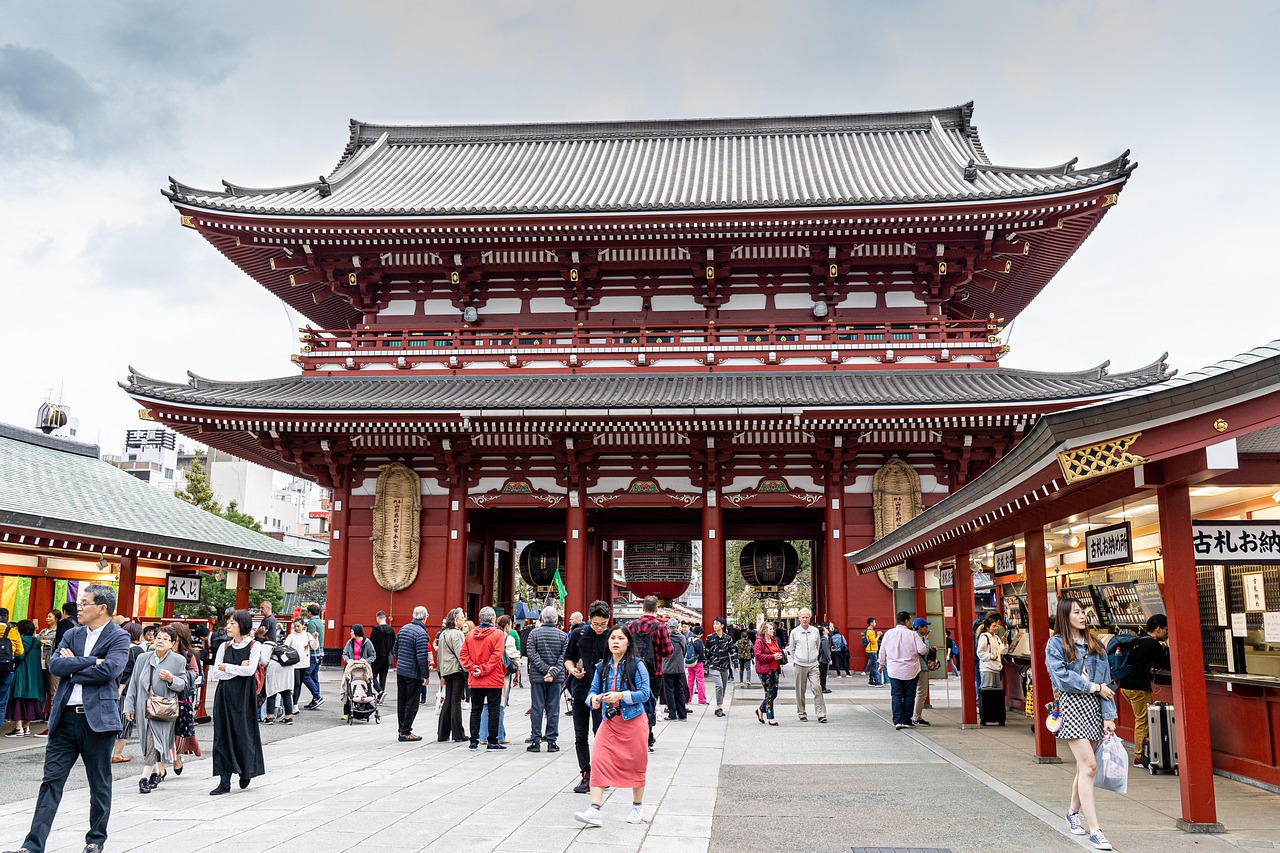
Senso-ji is a sensory overload in the best way. As Tokyo’s oldest Buddhist temple, it’s always alive with worshippers, vendors, and tourists. You enter through the Kaminarimon, or Thunder Gate, with its giant red lantern, then pass through Nakamise-dori, a street packed with shops selling traditional snacks and souvenirs. The main hall honors Kannon, the goddess of mercy, and visitors often stop to waft incense over themselves before offering prayers. Despite the crowds, Senso-ji still feels sacred.
7. Itsukushima Shrine
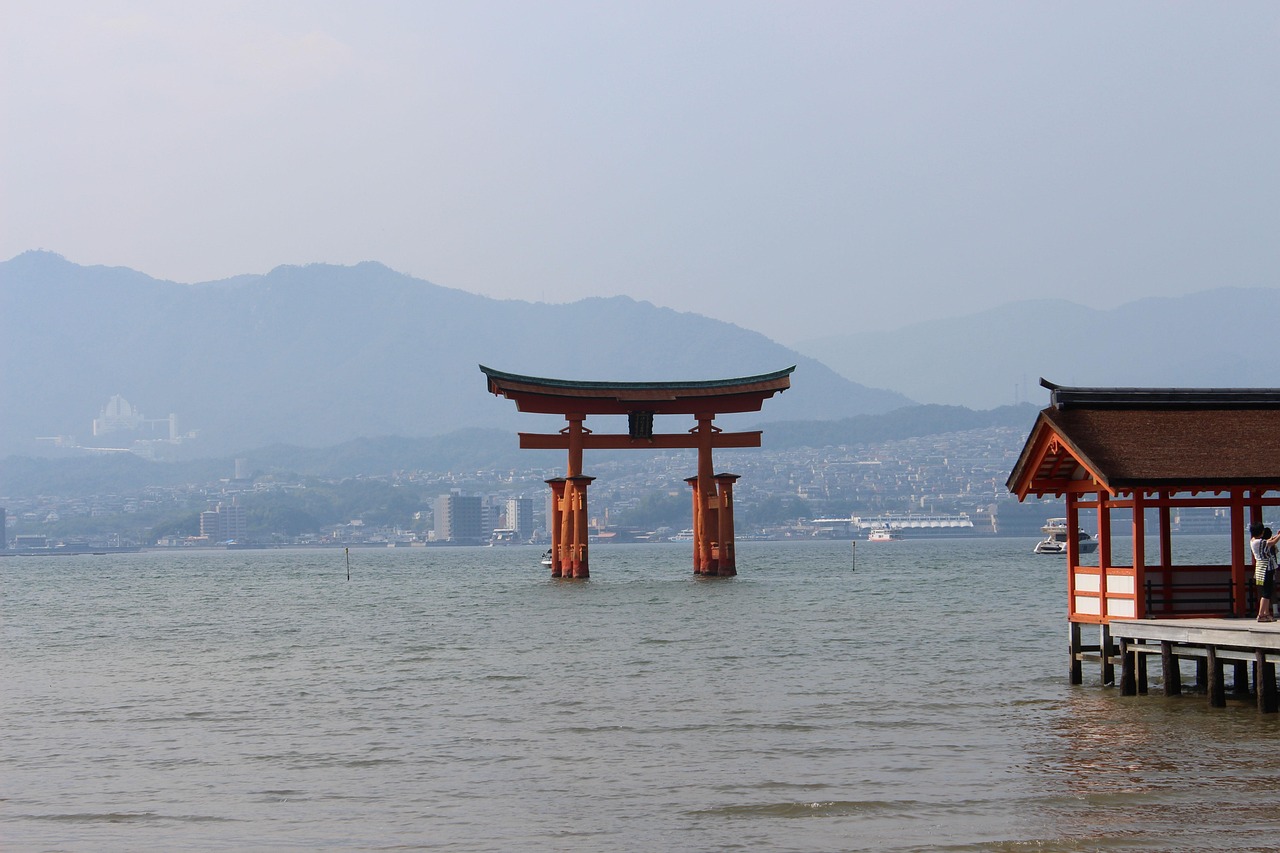
The torii gate of Itsukushima Shrine seems to float on the sea during high tide, creating one of Japan’s most iconic views. Built on the island of Miyajima, this Shinto shrine is a masterwork of design, with boardwalks and buildings elevated above the tidal flats. The gate and shrine are carefully aligned with nature, reflecting the Shinto belief in the spiritual energy of natural objects. Visitors can walk to the gate at low tide, then return to see it surrounded by water just hours later.
8. Ryoan-ji

Ryoan-ji is one of the most famous examples of Zen rock gardens in Japan, and its minimalism leaves room for interpretation. The garden features 15 carefully placed rocks on white gravel, arranged so that no matter where you sit, at least one is always hidden from view. This deliberate design invites contemplation and quiet. The temple grounds also include a tranquil pond and moss-covered walkways, making it a peaceful place to wander or simply sit in stillness.
9. Hasedera
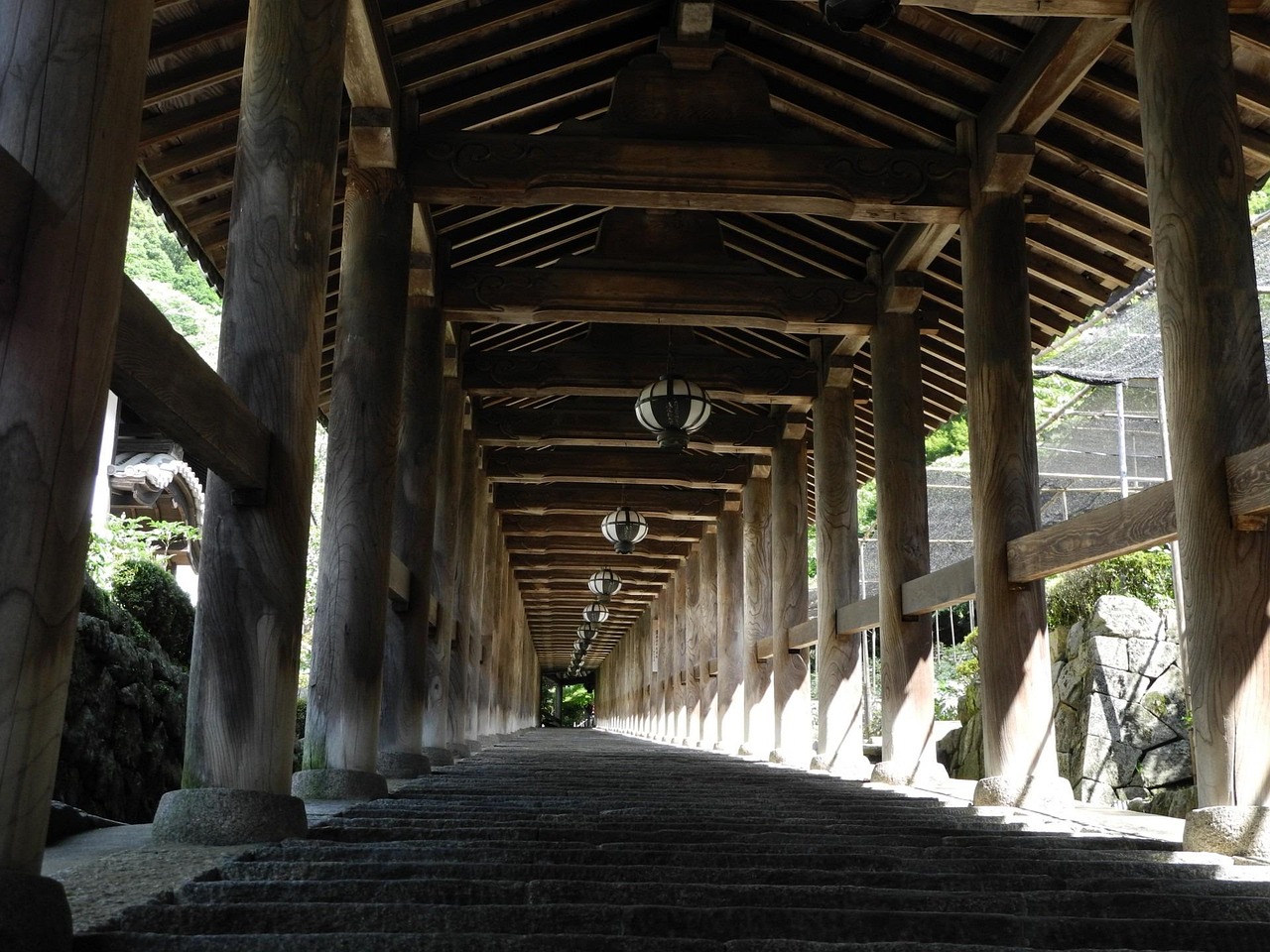
Hasedera in Kamakura is a deeply moving place, especially for those drawn to stories of compassion. It’s home to a massive statue of Kannon, the goddess of mercy, with 11 heads carved to reflect her ability to see suffering from every angle. The temple’s hillside setting offers sweeping views of the sea, and the garden paths are dotted with hundreds of small Jizo statues, often placed by grieving parents in honor of lost children. Despite its sorrowful undertones, Hasedera feels healing and hopeful.
10. Byodoin

You’ve probably seen Byodoin without knowing it; it’s the temple depicted on the 10-yen coin. Located in Uji, just outside Kyoto, it’s famous for its Phoenix Hall, named for the two golden phoenix statues perched on its roof. The structure, reflected in the adjacent pond, was originally built as a noble villa in the Heian period and later converted into a temple. Its symmetry and elegant proportions have made it a symbol of paradise in Pure Land Buddhism, where beauty reflects enlightenment.